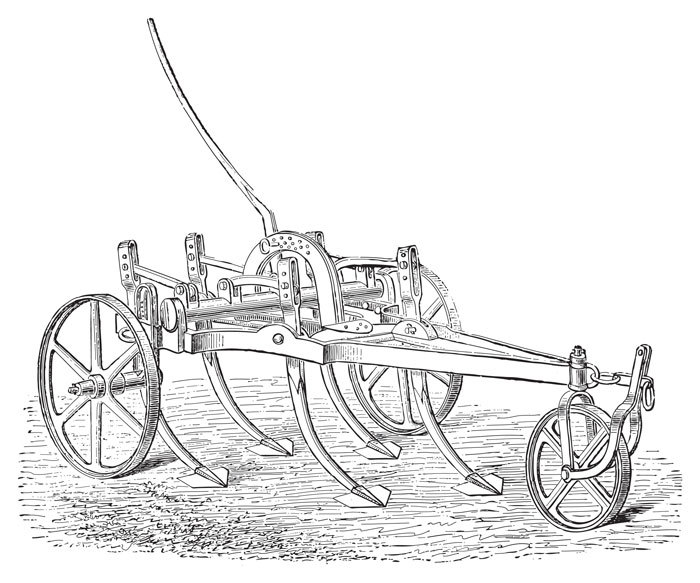There has never been a better time to start a pension. If you plan to retire well, it’s never too early (or late) to think about a pension.
There are different types of pensions. A pension is the most tax efficient way you can save money. Also, if you are an employer, you are legally obliged to allow staff access to a standard PRSA arrangement. Your first port of call when investing in a pension is to talk to your bank or to an authorised pension adviser. Below is a quick guide to the types of pensions available to you.
Personal retirement savings account (PRSA)
Certain financial providers, including banks, building societies, insurance companies, and authorised investment firms, provide PRSAs. The money paid into a PRSA is invested in pooled investment funds, which are provided by unit trusts and some life assurance companies.
Anyone may open a PRSA, irrespective of whether they are working or not. However, only people who are self-employed, or who are employees not covered under an occupational pension scheme, may claim tax relief on contributions made to a PRSA.
Generally, the benefits under a PRSA may be taken between the ages of 60 to 75. Access before the age of 60 is allowed in the event of ill health or certain other limited circumstances. If the PRSA owner dies, the PRSA fund forms part of the owner’s estate and is administered in accordance with the provisions of the owner’s will.
On retirement, the PRSA owner may withdraw up to 25% of the fund in cash, up to a maximum of €200,000 in cash. The remainder of the benefits are payable as follows:
- The balance of the fund may be left in the PRSA (which becomes a “vested” PRSA) and used to make future withdrawals. These withdrawals will be subject to income tax and USC.
- Alternatively, the fund could be used to buy a guaranteed income (called an annuity) from a life assurance company, which will be taxed in payment to the annuitant.
- A third option involves transferring the fund to an approved retirement fund (ARF).*
- The last option involves taking the balance of the fund as a taxable lump sum.*
It is worth noting that there are restrictions on the third and fourth options. If your guaranteed retirement income is below €12,700 a year, you must contribute a minimum of €63,500 to an approved minimum retirement fund (AMRF). No withdrawals can be made from the AMRF, except for investment income or gains, before the age of 75 or until your guaranteed income is €12,700 a year.
Alternatively, you may purchase an annuity with the €63,500. (For convenience, you are also allowed to leave the €63,500 in your original PRSA, except that you will not be able to withdraw from it, except in line with the restrictions on withdrawing from an AMRF).
Personal pension
A personal pension plan, or a retirement annuity contract, is a policy issued by a life assurance company to an eligible person, which builds up a cash sum payable at retirement, in return for the contributions (one-off or regular) paid into the policy by the policyholder.
The plan must be in a form agreed by the Revenue Commissioners. To be eligible to contribute to a personal pension plan, the plan holder must have a source of taxable “relevant earnings” in the current year or, in the previous tax year, have had a source of taxable relevant earnings and made a contribution to a personal pension plan or an associated life assurance policy (covering the life of the plan holder solely) known as a Section 785 policy.
Both self-employed people and employees who are not members of an occupational pension scheme are eligible to take out a personal pension plan in respect of any relevant earnings they have.
At normal retirement (usually between age 60-75), the proceeds of the plan can be used to pay out a lump sum of 25% of the accumulated fund, which is tax-free to a maximum of €200,000 from all lump sums taken. Lump sums in excess of €200,000 but below €500,000 are subject to standard rate income tax.
The balance of the accumulated fund (75%) may be used to buy an annuity from a life assurance company. Alternatively, the money may be transferred to an ARF, as described in the previous section, or the balance taken immediately as a lump sum, subject to income tax and USC.
Like the PRSA option, the plan holder may be obliged to keep a minimum of €63,500 in an AMRF, unless the plan holder has a guaranteed pension income of €12,700 a year.
In some instances, the plan holder may have an income continuance or permanent health insurance (PHI) policy associated with the personal plan. The PHI policy would cover the plan holder in the event of illness occurring to the plan holder, before retirement age, preventing the plan holder being unable to work due to sickness or disability.
The maximum amount of income that may be replaced under such policies is 75% of pre-disability earnings.
Occupational pension scheme
This is an arrangement set up by an employer to provide pension and other retirement benefits to one or more employees. Sometimes, because an employer may confine membership to senior employees only, this type of pension arrangement is called an executive or director’s pension plan.
To be eligible to be included under an occupational pension scheme, the person covered must be an employee and be in receipt of taxable remuneration from the employer. This remuneration includes salary or wages, bonuses and commissions, holiday pay and benefit in kind (for example, from a company car or a cheap loan).
The benefits provided may either be on a defined benefit or defined contribution basis. A defined benefit scheme involves paying a percentage of an employee’s salary (up to 1/60th of an employee’s final remuneration for each year worked) up to a maximum of 2/3rd of pre-retirement earnings.
A defined contribution scheme is linked to the value of the accumulated pension fund and the annuity that this fund could purchase (also called a money purchase scheme).
The defined benefit basis is usually better from an employee perspective as the amount of pension to be paid is being guaranteed by the employer to be a fixed percentage of final remuneration. Under the defined contribution approach, the employee is taking the investment risk that the accumulated fund will be enough to buy the desired annuity.
Some occupational pension schemes are ‘integrated’ with the state old age pension. That is, they take into account that the employee will benefit both from the state pension and the pension from the employer.
This is done by reducing the amount of the occupational pension payable by a factor (150% of the old age pension), so that the employee receives a pension (from all sources) of no more than 2/3rd of his final salary in retirement. Not all schemes are integrated, in which case there is no reduction for the state pension payable to the employee.
On retirement (usually between the age of 60 to 70), many schemes allow a lump sum to be paid, as commutation or exchange of part or all of the annual pension entitlement, up to a maximum lump sum of 150% of final salary.
Other benefits sometimes provided include an option for employees to go on voluntary early retirement at any stage from age 50, with a reduced pension immediately payable, or for early retirement at any age, where this is due to ill health.
Many schemes also cover employees for death-in-service before retirement, paying a lump sum to an employee’s dependants, or providing for the payment of a pension to a retired employee’s dependents, such as if the employee dies in retirement.
Additional voluntary contributions (AVCs)
An additional voluntary contribution (AVC) is a means by which an employee can top up occupational pension scheme benefits at their own expense, by making what are called “voluntary contributions”.
An employee can make these contributions provided they are currently an employee and a member of the employer’s occupational pension scheme. The AVC may be invested in a standalone PRSA, be paid to the employer’s occupational pension scheme, or paid to a separate AVC scheme established by the employer.
One of the main reasons why AVCs may be attractive is the definition of final remuneration used by an employer to pay pension benefits, which may exclude certain elements of pay, such as a car allowance, sales bonuses or commissions, and overtime. In this situation, the employee may wish to establish a fund to cover this non-pensionable income, at their own expense.
At retirement, the AVC benefits must be taken at the same time as the individual takes benefits from the employer’s occupational pension scheme. In many instances, the employee may opt to take the lump sum that would otherwise have to be paid from the occupational pension scheme, directly from the AVC, and so avoid have to reduce the pension payable in retirement.
4 Action Points










